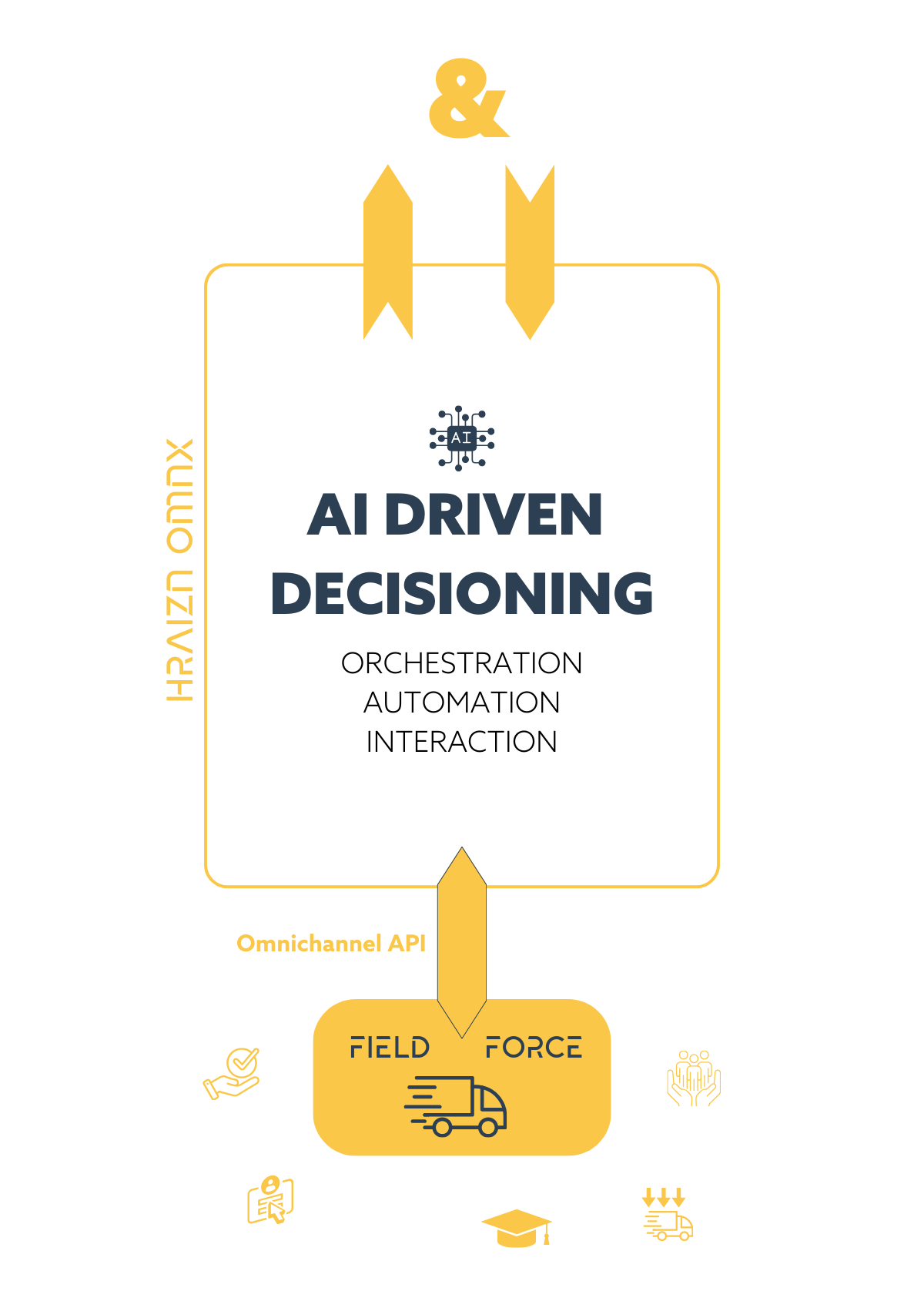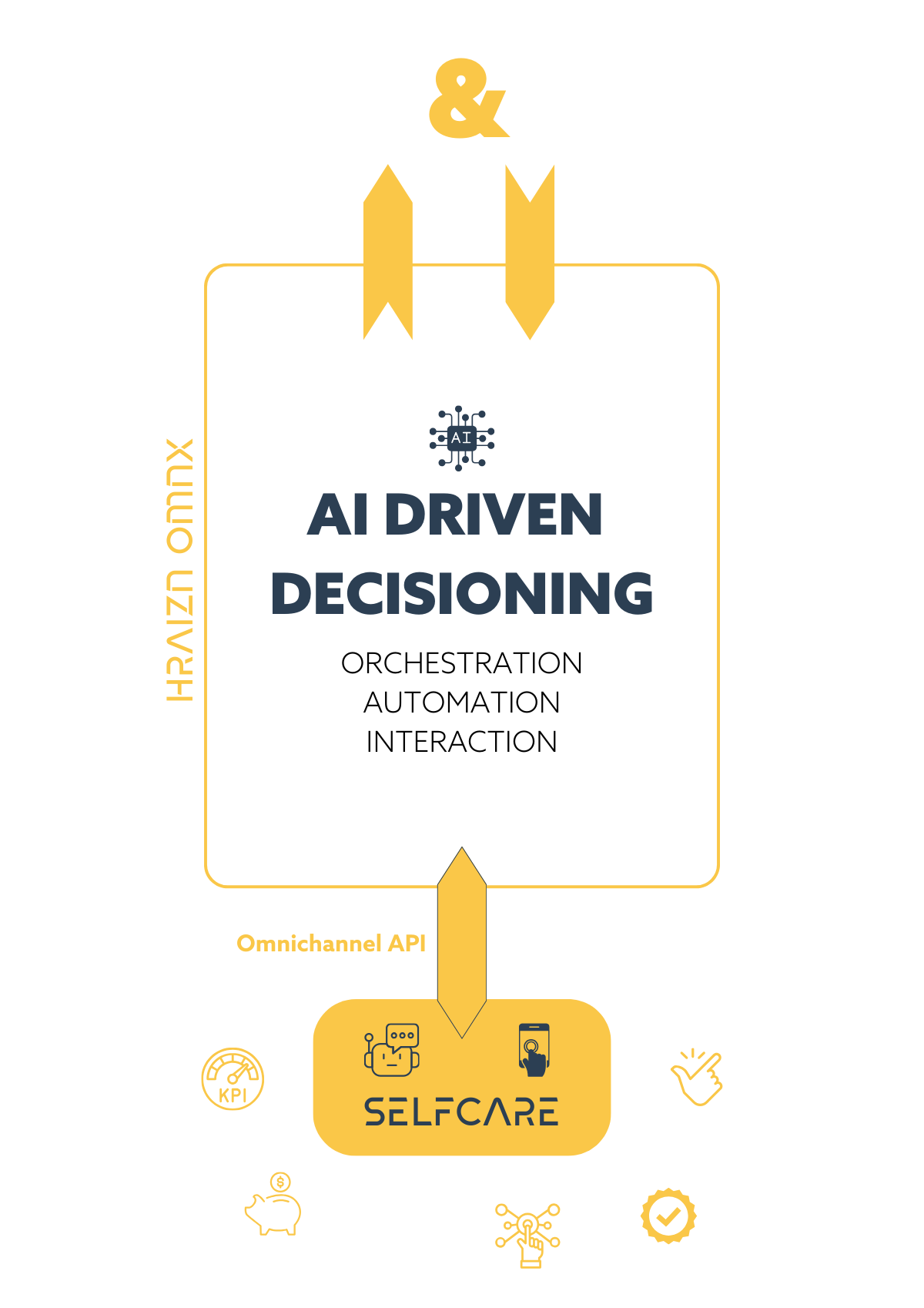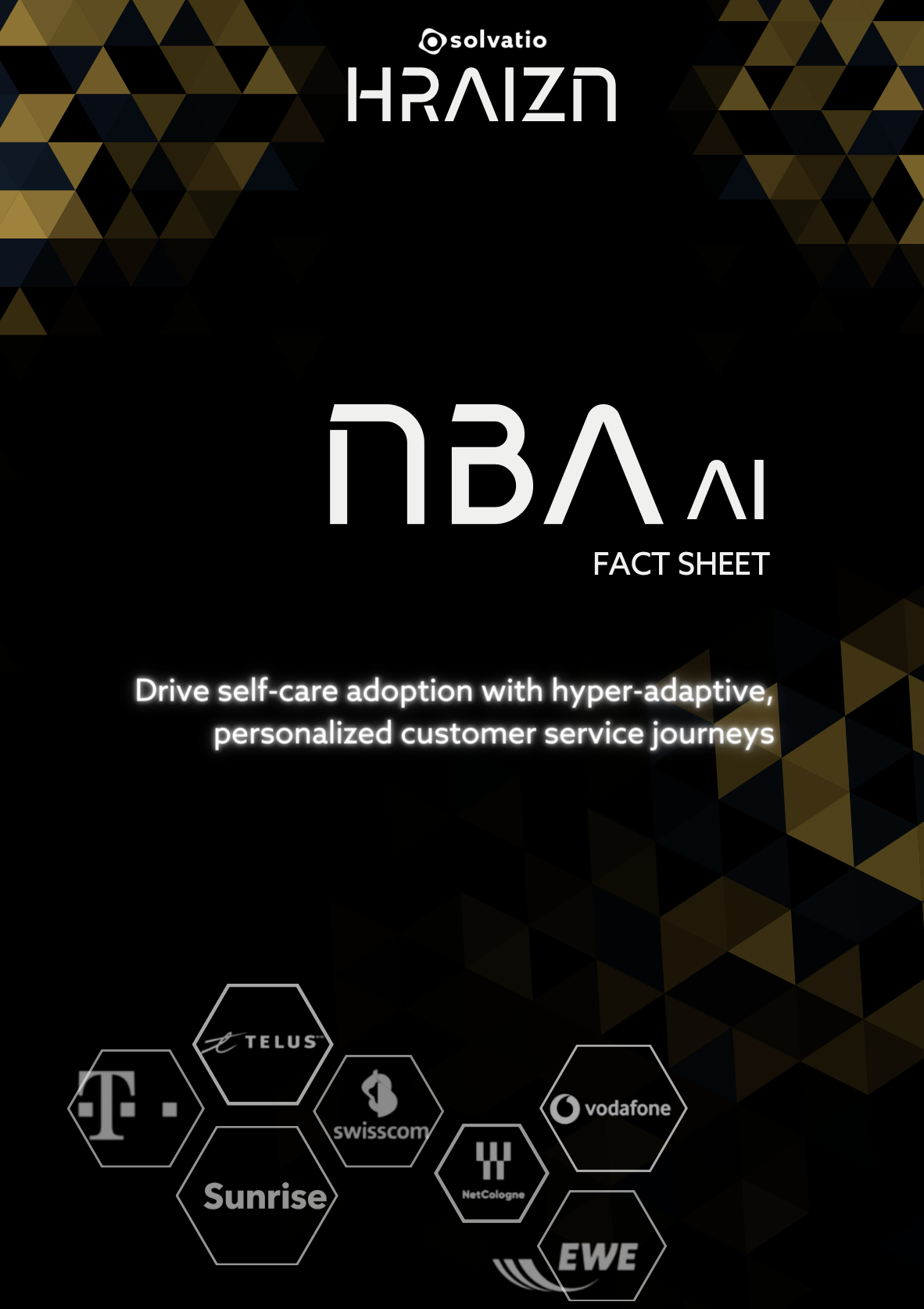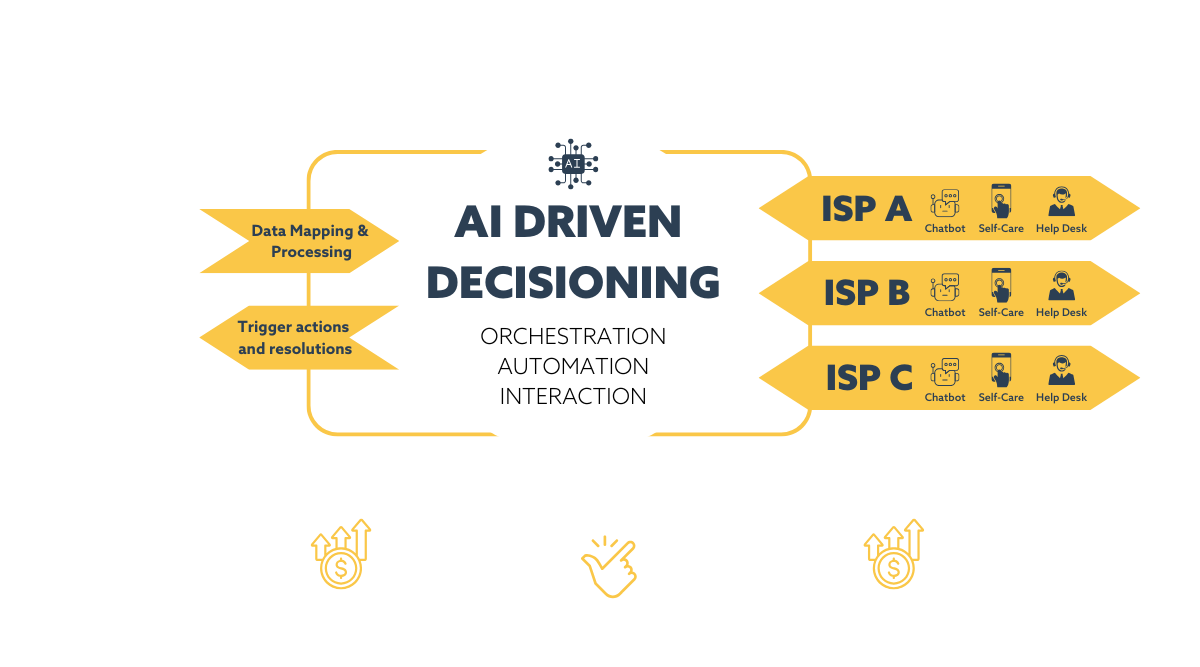Make your customer service team independent while relieving your IT
LOW CODE & CITIZEN DEVELOPMENT
The success of your customer service heavily relies on applications and customized solutions that enable you to generate positive Customer Experiences (CX). However, many IT departments are unable to address the need for such solutions – simply because they are overwhelmed with challenges. How can you ensure your business moving forward in the face of an overworked IT team and a shortage of software developers? Low Code Citizen Development is the answer.

What is Citizen Development?
The market research company IDC states that about 77% of leaders say their IT teams have a pipeline full of tech solution requests not getting built because of insufficient qualified specialists and costs. At the same time, the demand for business applications is steadily growing. These applications are crucial for getting a competitive advantage and standing out – especially in the telco sector with its increasingly similar product and service offering.

Citizen Development promises a way out of this dilemma by empowering non-IT business users to build custom solutions on their own – without any programming training or experience. By utilizing Low Code or No Code development platforms, they can take things into their own hands while freeing IT personnel for more urgent projects. In the end, it is all about allowing users who are close to a challenge to create the fitting solution for it. They can create small-scale applications on their own, drive automation and bring significant value in a short time to market. Instead of spending weeks on defining requirements, Citizen Developers can quickly build a minimum viable product (MVP), help telcos to reduce development time and thus increase competitiveness and savings.
What is Low Code? What is No Code?

In contrast to traditional programming approaches, Low Code and No Code platforms offer GUIs (graphical user interfaces) with simple, intuitive drag-and-drop interfaces. Thus, Citizen Developers can autonomously design solutions and applications that are based on business needs. Gartner states that by 2023, over 50% of medium-to-large-sized companies will adopt Low Code development while by 2024, non-IT professionals will create 80% of IT products.
To achieve the necessary depth with low code solutions, a mix of standardization and specialization is needed. Especially in the telco customer service context, a Low Code solution must cater to the complexity of the matter – without overburdening Citizen Developers. Standardized components and reusable templates in Low Code platforms lead to intuitive usage, lower maintenance, better sustainability as well as less documentation required. Specialized components then allow Citizen Developers to make use of their expert knowledge and to translate it into a solution. In the customer service context, this means that the Citizen Developer can query data and automate follow-up actions with an easy drag-and-drop workflow, for example. This mix of standardization and specialization is what make Low Code platforms powerful and easy-to-use at the same time.
Benefits of Low Code Developing in Customer Service
Citizen development reduces IT capacity bottlenecks, breaks down barriers, and improves collaboration between business and IT
Low Code platforms offer a simple user experience for quick adoption, ease of use, and continuous improvement
Democratizing increases agility for IT teams to respond to market requirements with increased transparency
Citizen Development ensures a faster speed to market – building custom applications take hours or days, rather than weeks or months
Benefits of Low Code Developing in Customer Service
Citizen Cevelopment reduces IT capacity bottlenecks, breaks down barriers, and improves collaboration between business and IT
Low Code platforms offer a simple user experience for quick adoption, ease of use, and continuous improvement
Democratizing increases agility for IT teams to respond to market requirements with increased transparency
Citizen Development ensures a faster speed to market – building custom applications take hours or days, rather than weeks or months
Democratization enables IT to roll out more business applications that deliver a competitive advantage and drive revenue growth
It increases the technical skills of business users and drives the organization towards a digital workplace.
The methodology ensures the solution stays close to the problem and is developed in line with the functional requirements of the business
Organizations can better identify where to create new opportunities, thus becoming more agile and responsive to new demands and market changes
Democratization enables IT to roll out more business applications that deliver a competitive advantage and drive revenue growth
It increases the technical skills of business users and drives the organization towards a digital workplace.
The methodology ensures the solution stays close to the problem and is developed in line with the functional requirements of the business
Organizations can better identify where to create new opportunities, thus becoming more agile and responsive to new demands and market changes

LOW CODE VS NO CODE
The distinction between Low Code and No Code is not very sharp. In fact, many product analysts consider No Code to be part of the Low Code market. Even the strongest platforms require some level of code for parts of the application development and deployment process. For example, many applications developed on these platforms require code for integration with other applications or for customization. However, the market still distinguishes between Low Code and No Code, with much of the distinction being made by the vendors themselves as they use it to position products for different user groups.
In general, No Code platforms are a specialized form of Low Code cloud platform where the required visual components address industry-specific functionality, a specific line of business (LOB), or support for a particular company’s corporate branding. Low Code platforms, on the other hand, often require the intervention of internal developers to make small changes to the back-end code to make the new application compatible with other enterprise software. You want to leverage Low Code Citizen Development for your customer service? Feel free to catch up with our Business Development team to talk about your challenges and possible solutions.



